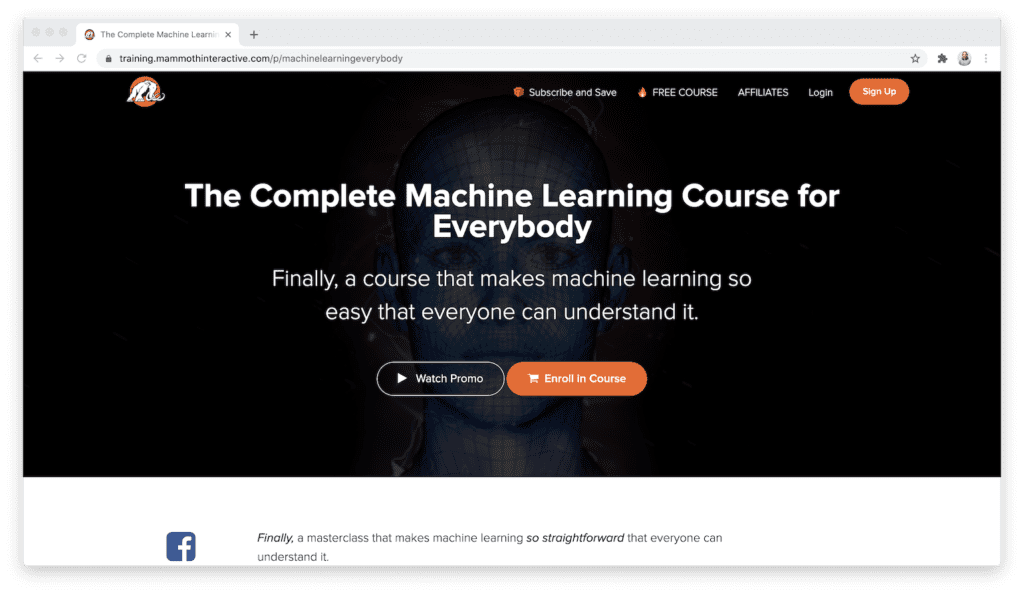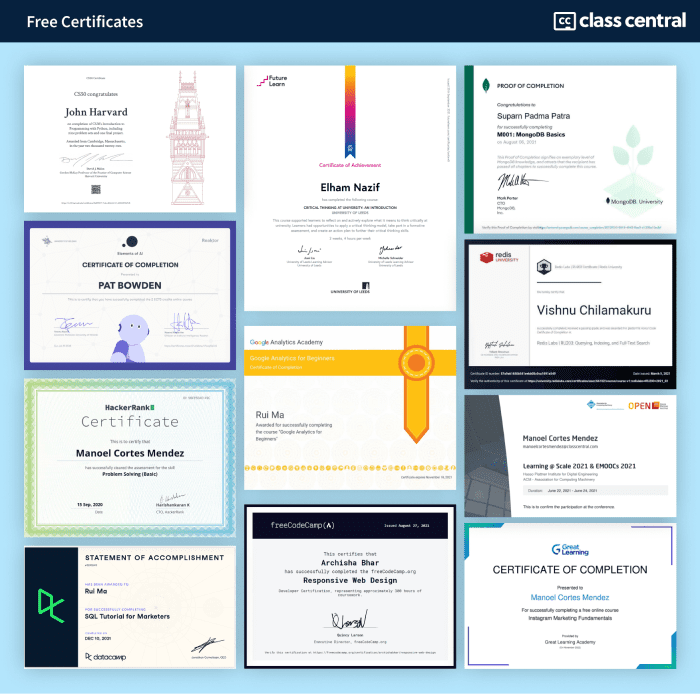All Categories
Featured
Table of Contents
On the various other hand, ML designers specialize in building and deploying equipment learning models. They concentrate on training models with information to make predictions or automate tasks. While there is overlap, AI designers deal with more diverse AI applications, while ML engineers have a narrower concentrate on artificial intelligence algorithms and their useful application.
Maker knowing designers concentrate on creating and releasing artificial intelligence versions right into manufacturing systems. They work on engineering, making sure models are scalable, effective, and incorporated right into applications. On the other hand, data researchers have a wider role that consists of information collection, cleaning, expedition, and structure models. They are usually responsible for extracting understandings and making data-driven choices.
As organizations increasingly adopt AI and maker understanding innovations, the demand for competent professionals grows. Device learning designers function on innovative tasks, add to innovation, and have competitive incomes.
ML is fundamentally different from typical software application growth as it concentrates on teaching computer systems to pick up from data, instead of shows explicit rules that are implemented systematically. Unpredictability of outcomes: You are most likely used to creating code with foreseeable results, whether your function runs as soon as or a thousand times. In ML, nevertheless, the results are less specific.
Pre-training and fine-tuning: Just how these models are trained on substantial datasets and after that fine-tuned for particular jobs. Applications of LLMs: Such as message generation, belief evaluation and info search and access. Papers like "Attention is All You Required" by Vaswani et al., which presented transformers. On the internet tutorials and training courses concentrating on NLP and transformers, such as the Hugging Face program on transformers.
10 Simple Techniques For 6 Steps To Become A Machine Learning Engineer
The capability to handle codebases, combine changes, and deal with problems is just as important in ML advancement as it is in traditional software program projects. The abilities established in debugging and testing software applications are very transferable. While the context may alter from debugging application reasoning to recognizing issues in information processing or model training the underlying principles of systematic examination, hypothesis testing, and iterative refinement coincide.
Artificial intelligence, at its core, is greatly reliant on data and likelihood concept. These are critical for understanding how formulas pick up from data, make predictions, and review their efficiency. You need to consider becoming comfy with concepts like analytical importance, circulations, hypothesis screening, and Bayesian thinking in order to style and translate designs properly.
For those interested in LLMs, a thorough understanding of deep learning styles is useful. This includes not only the technicians of neural networks but also the architecture of particular models for various use cases, like CNNs (Convolutional Neural Networks) for photo handling and RNNs (Persistent Neural Networks) and transformers for sequential data and natural language handling.

You must know these concerns and discover techniques for determining, mitigating, and communicating regarding predisposition in ML models. This consists of the potential effect of automated decisions and the moral implications. Several designs, particularly LLMs, call for substantial computational resources that are often offered by cloud systems like AWS, Google Cloud, and Azure.
Structure these abilities will not only help with an effective shift right into ML yet likewise make certain that developers can add properly and properly to the innovation of this dynamic area. Theory is crucial, but nothing beats hands-on experience. Begin dealing with tasks that allow you to apply what you've learned in a useful context.

Develop your jobs: Begin with basic applications, such as a chatbot or a message summarization device, and progressively raise complexity. The field of ML and LLMs is rapidly developing, with new innovations and modern technologies arising consistently.
Machine Learning In Production / Ai Engineering - An Overview
Contribute to open-source tasks or write blog site messages regarding your discovering trip and tasks. As you gain proficiency, begin looking for chances to include ML and LLMs into your work, or look for brand-new functions focused on these innovations.
Vectors, matrices, and their role in ML algorithms. Terms like model, dataset, attributes, tags, training, inference, and recognition. Information collection, preprocessing methods, version training, examination processes, and deployment considerations.
Decision Trees and Random Forests: User-friendly and interpretable versions. Assistance Vector Machines: Maximum margin classification. Matching problem kinds with ideal versions. Balancing performance and complexity. Standard framework of semantic networks: neurons, layers, activation functions. Split calculation and forward proliferation. Feedforward Networks, Convolutional Neural Networks (CNNs), Recurring Neural Networks (RNNs). Picture recognition, sequence forecast, and time-series analysis.
Constant Integration/Continuous Implementation (CI/CD) for ML workflows. Version tracking, versioning, and performance tracking. Finding and dealing with changes in version performance over time.
Aws Machine Learning Engineer Nanodegree Can Be Fun For Everyone
Training course OverviewMachine knowing is the future for the future generation of software experts. This program works as an overview to artificial intelligence for software application designers. You'll be introduced to three of one of the most relevant components of the AI/ML self-control; managed learning, neural networks, and deep discovering. You'll understand the distinctions between standard programming and artificial intelligence by hands-on development in monitored understanding prior to building out complicated dispersed applications with semantic networks.
This program offers as a guide to maker lear ... Show Extra.
The typical ML operations goes something such as this: You need to recognize business issue or goal, prior to you can attempt and address it with Artificial intelligence. This typically implies study and collaboration with domain degree experts to define clear objectives and requirements, as well as with cross-functional teams, consisting of information scientists, software designers, item supervisors, and stakeholders.
: You pick the very best design to fit your objective, and after that educate it making use of libraries and structures like scikit-learn, TensorFlow, or PyTorch. Is this functioning? A vital part of ML is fine-tuning models to obtain the preferred end result. So at this stage, you evaluate the performance of your picked equipment finding out design and after that use fine-tune model specifications and hyperparameters to enhance its performance and generalization.
This might include containerization, API development, and cloud release. Does it remain to function since it's live? At this stage, you check the performance of your released models in real-time, identifying and attending to problems as they occur. This can likewise imply that you upgrade and retrain models routinely to adapt to altering information circulations or organization needs.
Our Software Engineer Wants To Learn Ml Diaries

Artificial intelligence has taken off in recent years, thanks partially to advances in information storage, collection, and calculating power. (In addition to our desire to automate all the important things!). The Maker Knowing market is projected to reach US$ 249.9 billion this year, and afterwards continue to grow to $528.1 billion by 2030, so yeah the need is rather high.
That's just one work publishing web site also, so there are much more ML work available! There's never been a far better time to get involved in Artificial intelligence. The demand is high, it's on a rapid growth path, and the pay is fantastic. Speaking of which If we consider the existing ML Engineer tasks published on ZipRecruiter, the ordinary salary is around $128,769.
Below's the point, technology is among those industries where a few of the greatest and ideal people in the world are all self taught, and some also honestly oppose the idea of individuals obtaining a college degree. Mark Zuckerberg, Expense Gates and Steve Jobs all left before they got their levels.
See This Report about Machine Learning
As long as you can do the job they ask, that's all they really care around. Like any type of new ability, there's definitely a discovering curve and it's going to feel difficult at times.
The major differences are: It pays insanely well to most other careers And there's a continuous knowing element What I imply by this is that with all tech roles, you need to remain on top of your game to ensure that you know the existing skills and modifications in the sector.
Kind of simply how you may find out something brand-new in your present task. A lot of individuals that work in technology really appreciate this because it means their task is constantly changing a little and they delight in discovering new points.
I'm going to discuss these abilities so you have a concept of what's required in the task. That being stated, a good Artificial intelligence program will certainly show you mostly all of these at the same time, so no requirement to anxiety. A few of it might even appear complicated, yet you'll see it's much simpler once you're applying the theory.
Latest Posts
The 10 Most Common Front-end Development Interview Questions
The Best Engineering Interview Question I've Ever Gotten – A Real-world Example
10 Biggest Myths About Faang Technical Interviews